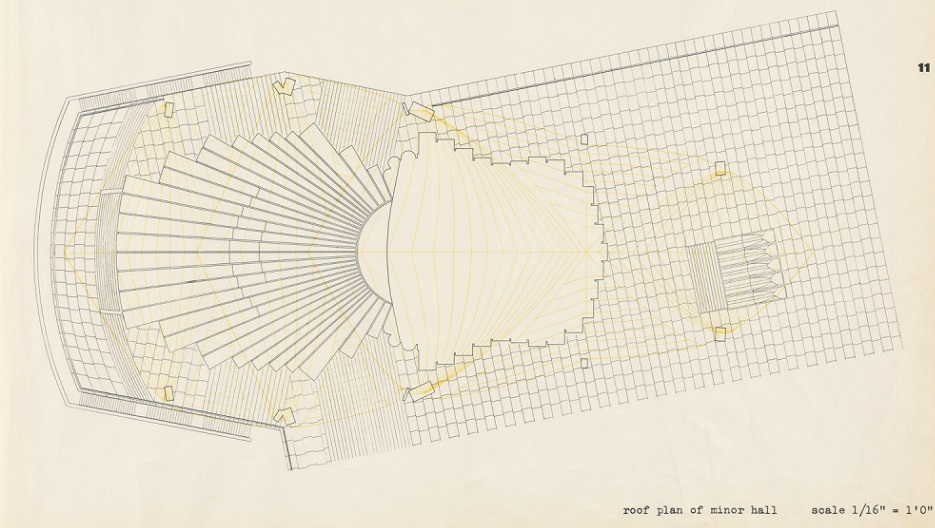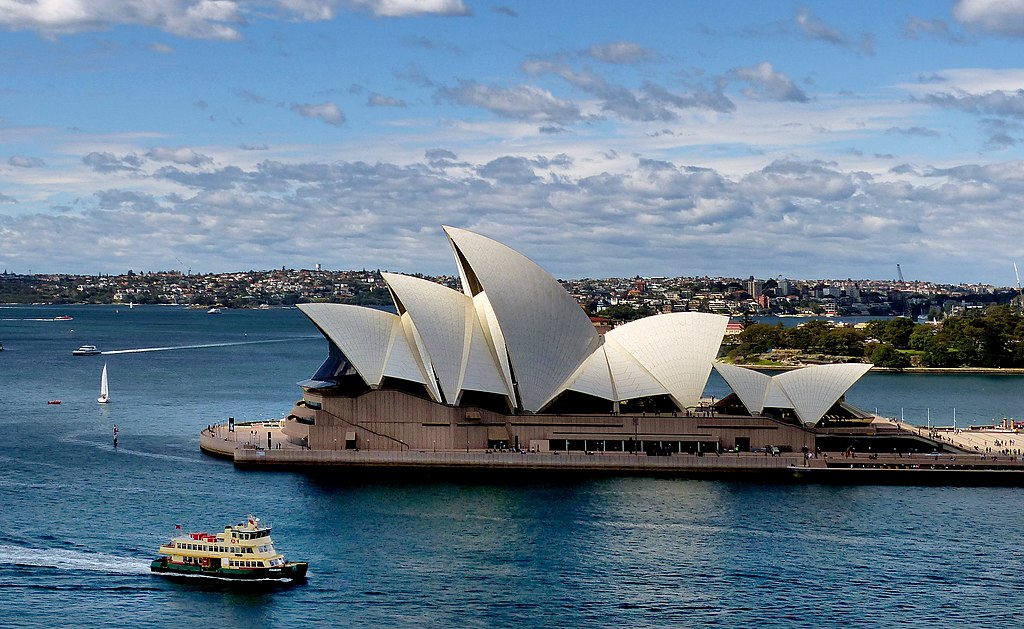Krispin Joseph PX
Opera House is considered the finest specimen of human creativity, a building listed as a masterpiece in design and construction, one of the most remarkable buildings of the 20th century, and become the identity of a nation. One structure is many for the country and people. Assume that the Danish architect Jorn Utzon’s poetic approach to architectural beauty is edified as a structure.
The story of the Opera House starts with an open call for design in 1955 and received 233 entries worldwide, and Jorn Utzon was selected from those long competitive lists. The requirement is 3,000 and 1200 seating halls for different use, like full-scale operas, orchestral and choral shows, group meetings, speeches, ballet concerts, and other presentations. According to the data available on the net, Utzon attended this competition as a part design exercise; the judging board comprehended the encapsulated ideas of Utzon’s visionary design that creates a modern icon for the contemporary world.
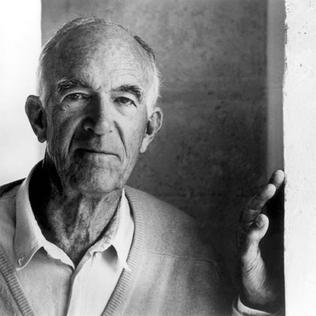
credit: Wikipedi
The Opera House builds as a performance arts centre in the City centre of Sydney, located on the foreshore of Sydney Harbour. Jorn Utzon brings many ideas together to deliver a unique taste for gathering for the art performance and a solution for external and internal space, as the perfect building for the space, not only for the utility.
‘One informed by a profound transcultural appreciation of nature and openness to the diversity of human cultures, as a source of inspiration, metaphoric association, and analogy, in a manner that defines him as an exponent of transcultural essentialism, writes Adrian Carter and Marja Sarvimäki in their book titled ‘Jørn Utzon and Transcultural Essentialism’ (2022). Opera House is for Australian people; a Danish citizen submits the design concept and is selected; materials for this construction also have some transnational- cultural linage to bring this ‘cultural diversity’.
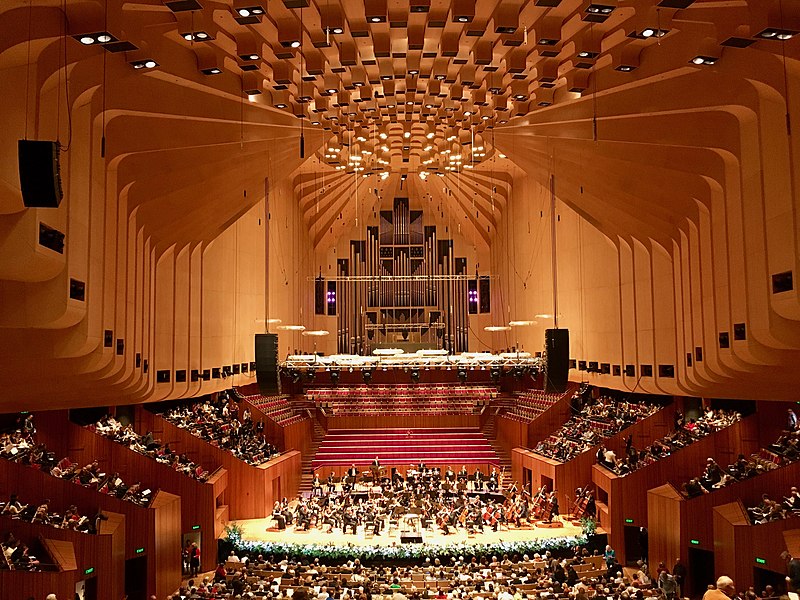
Concert Hall: With 2,679 seats, the home of the Sydney Symphony Orchestra and used by many other concert presenters. It contains the Sydney Opera House Grand Organ, the world’s largest mechanical tracker action organ, with over 10,000 pipes.
Credit: Wikipedia
According to Adrian Carter and Marja Sarvimäki, the Opera House structure Utzon used the rational use of geometry and the authenticity of construction and materials. Utzon’s architectural visions push the boundaries to achieve the links of cultural identity; Utzon’s realisation is the most complex masterpiece in human history.
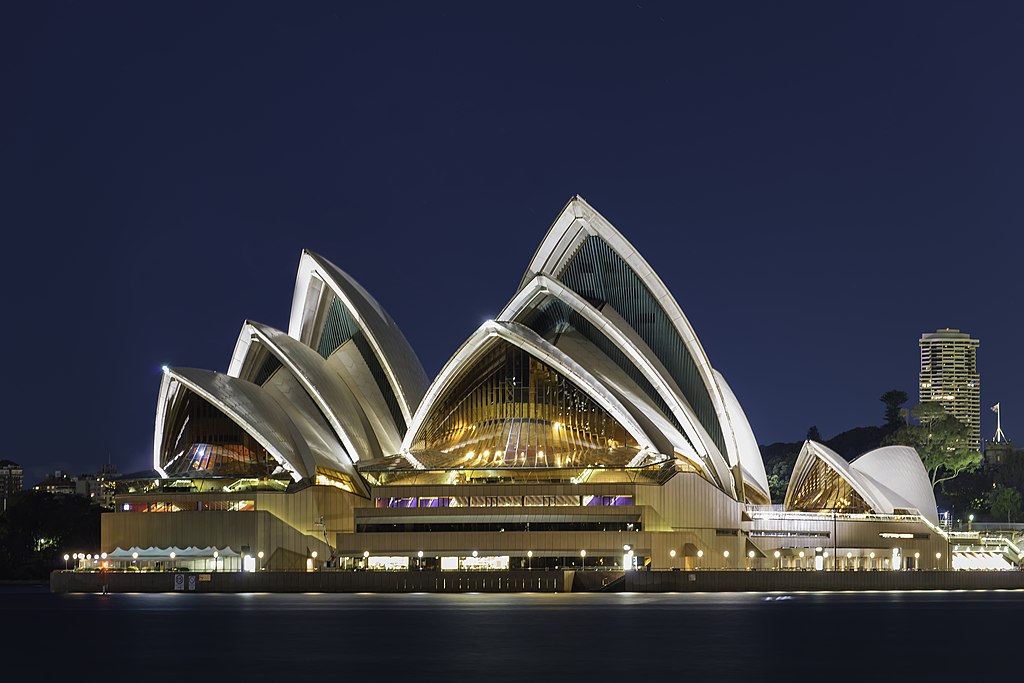
After the world war periods, people needed creative air to breathe well in times of human sorrow, and Utzon realised this desire for structure for blissful human narration. Apart from this Romantic idea, the Opera House become the architectural beauty and maze for present aspirations and architectural developments.
The series of large precast concrete ‘Shells’ gives a unique architectural taste in an envisioned insight to the audience, and one who enters the building is astonished because of the space used to accommodate and gives a breathing space. There are links with Shell design, and engineer and architect Felix Candela had built several samples of hyper-parabolic designs that influenced Utzon. From a distance, that appears as a Shell, a composition of 1,056,006 tiles in two colours: glossy white and matte cream.
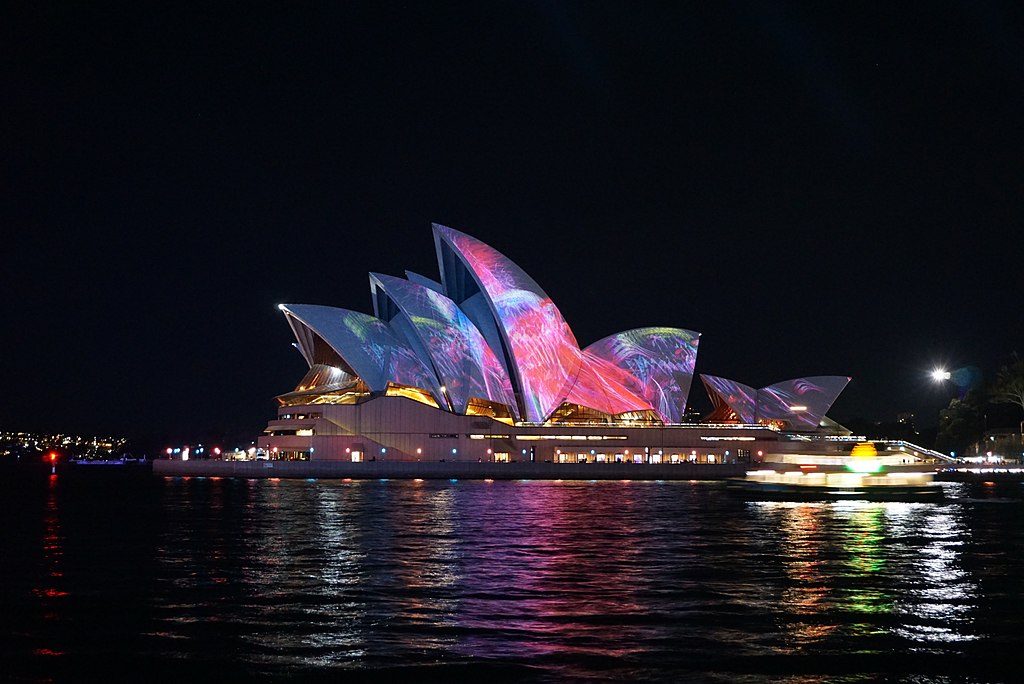
credit: Wikipedia
‘It has taken half a century to understand the true path of architecture in our time, to pick up the threads of continuity and the signposts to the future, to recognise the broader and deeper meaning of 20th-century work that has been subjected to doctrinaire modernist criticism and classification, or tabled as history. In this light, the work of Jørn Utzon takes on a particular richness and significance, commented by the American architectural critic and member of the Pritzker jury, Ada Louise, while honouring Jorn Utzon by the Pritzker Architecture Prize, the equivalent of the Nobel Prize in the architectural profession.
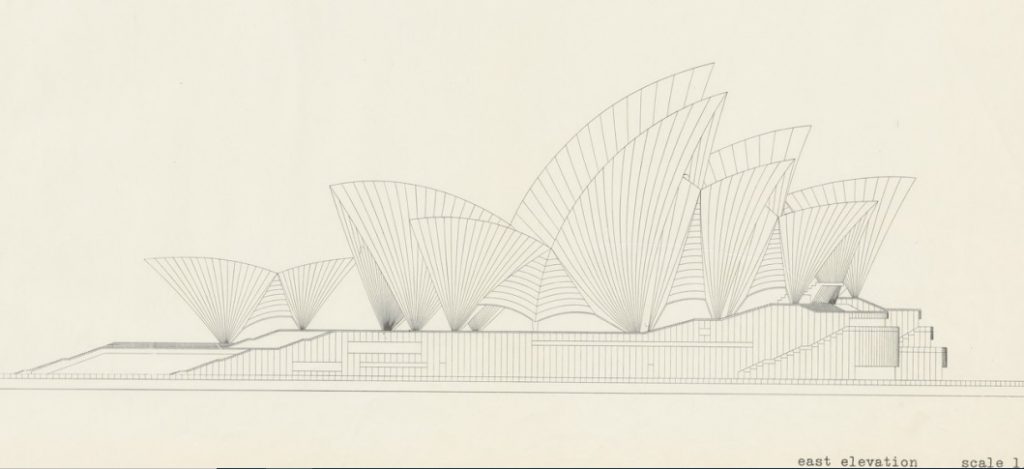
Jorn Utzon brings to this Opera House design the Scandinavian culture as a simple, natural, yet dignified synthesis of form, material, and process inspired by social values. ‘His Scandinavian sensibility and design integrity continue the legacy of the earlier great Nordic architects Asplund, Korsmo, and Aalto. To this specific cultural background, Utzon combines a profound fascination for the ancient heritage of the Mayan civilisation, China, Japan Introduction and the Islamic world, a sense of architecture as art, an innovative approach to the use of technology, and a genuine understanding of organic structures concerning specific context and conditions, write Adrian Carter and Marja Sarvimäki.
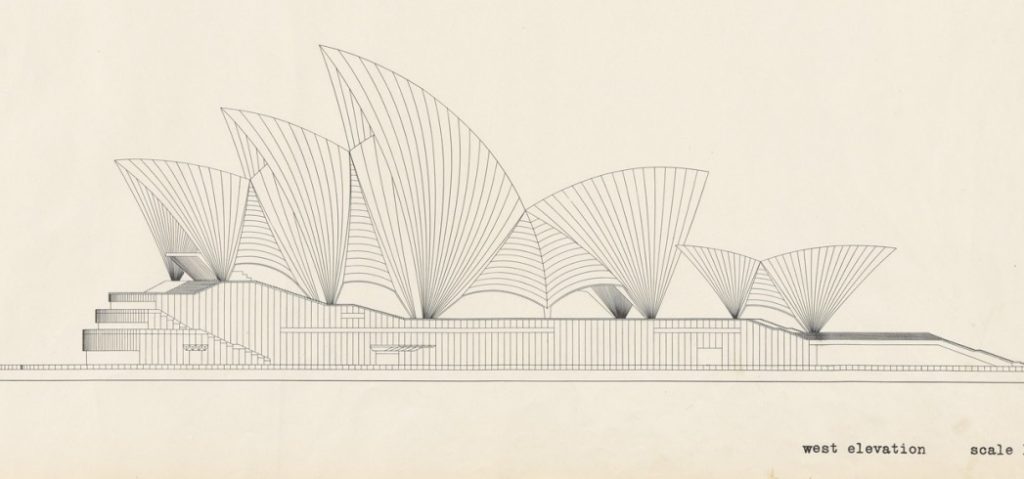
What the audience of the Opera House realised now is the same feature identified by the Judges of the Sydney Opera House competition; Utzon’s solid sculptural approach.
‘To regard the vernacular as a model of thrift, of respect for materials, as intuitive design or other romantic preconceptions is to risk idealising an architectural ‘noble savage’. Recognition of vernacular traditions, skills, wisdom and values, beliefs and traditions is fundamental to any ‘architecture of the essential’ that combines traditional handcraft building and higher technologies, as architectural historian Paul Oliver has explained, quoted by the authors.
